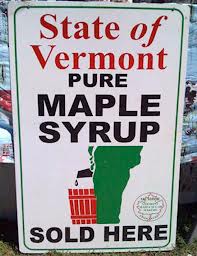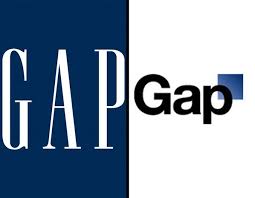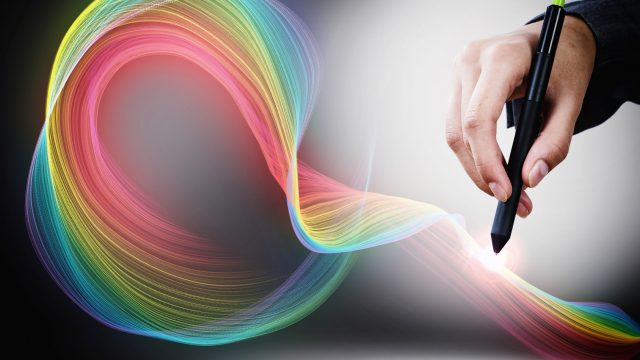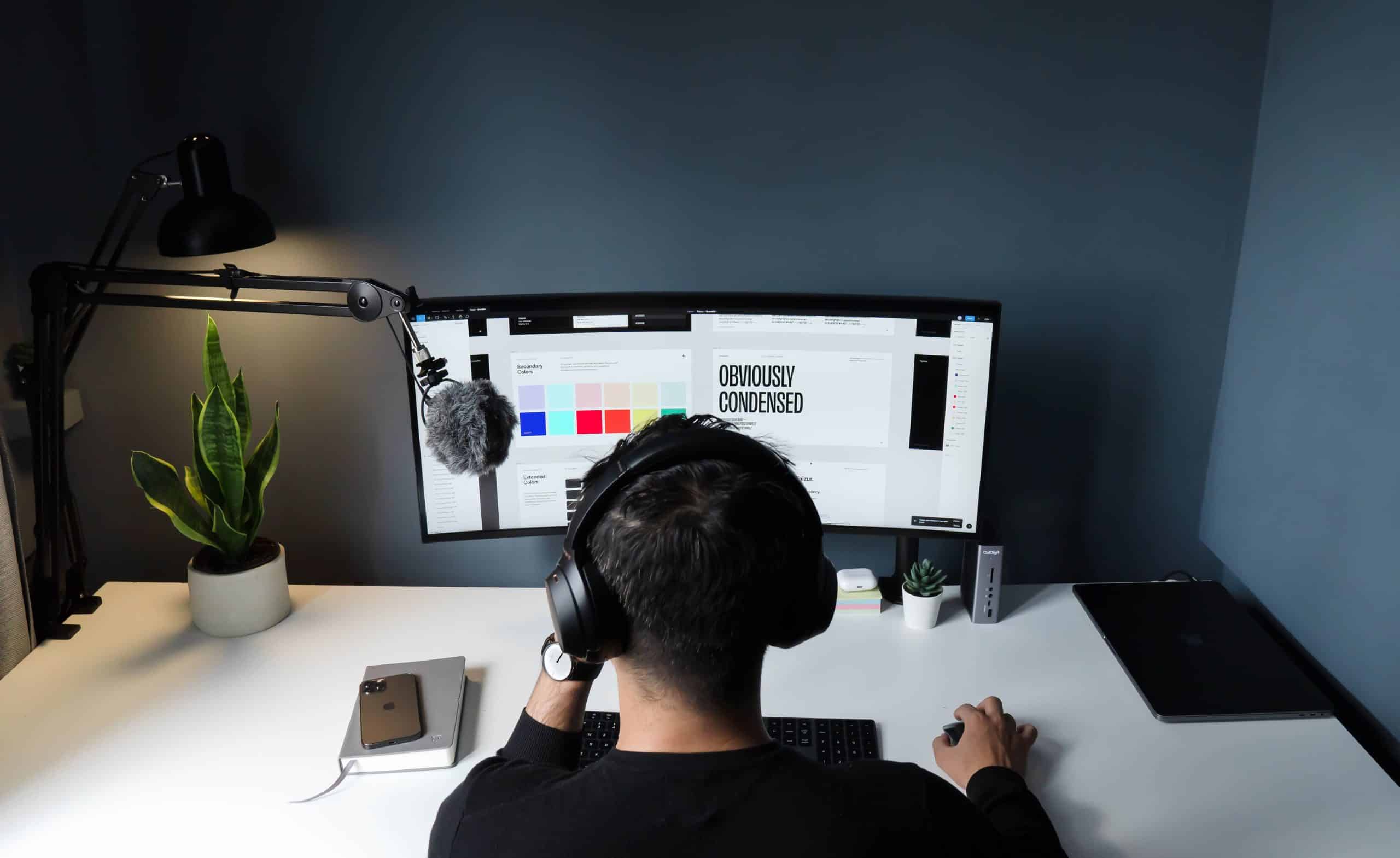Logo designs fail for many reasons. Perhaps the colors don’t work together. Perhaps the design theme isn’t consistent with the company’s message. Perhaps a company is trying to innovate their brand or update their logo, and consumers simply don’t like the change. Perhaps whoever ultimately approved the logo just wasn’t thinking clearly that day. Look at the Vermont sign above, for example. I would love to know what committee approved that and why those folks thought it was a good idea. Here are five more logo failures and why they failed. Consider them to be tips on what not to do with your logo.
1. Gap
When Gap unveiled its new logo design in the Fall of 2010, it was immediately assaulted with substantial criticism on social media outlets such as Twitter and facebook. The enormity of the public backlash had Gap management instantly reconsidering the new logo, and within a week the old logo was back in place. What was so wrong with the new Gap logo? The choice of the Helvetica font was unremarkable at best, and it certainly wasn’t different enough to make it stand out. Furthermore, people reacted quite negatively to the sharp corner of the blue cube jabbing into the curve of the letter “p”.
2. Tropicana
Gap certainly wasn’t the first to face severe repercussions from an attempt at rebranding. In January of 2009, Tropicana released a new packaging design for its orange juice. Consumers loathed the new design. Posting on Twitter, facebook, and sending email directly to PepsiCo, who produces Tropicana, people complained about many aspects of the redesign. Among the complaints, people felt that it looked like a generic store brand and that it was difficult to distinguish the different varieties of Tropicana. In light of public criticism, PepsiCo withdrew the new packaging and replaced it with the old packaging within two months.
3. BP
Not all logo redesigns are immediate failures. BP redesigned its logo in 2000. Utilizing the phrase “Beyond Petroleum” in combination with a happy green, yellow, and white sunburst, BP was attempting to convey that the company was progressing in more earth-friendly direction. The redesign was met with the criticism that BP was spending more on rebranding and fashioning its image than it was on actually researching being a more earth-friendly corporation. However, the true failure of the new BP logo didn’t occur until tens years after the design was unveiled. In 2010 BP’s Deepwater Horizon oil spill off of the Gulf of Mexico brought the company under heavy scrutiny. This massive oil spill outraged the environmental community, and as a result, Greenpeace launched a logo design contest to redesign BP’s logo.
4. The Wisconsin Tourism Federation
In 2009 the Wisconsin Tourism Federation finally decided it was tired of being the subject of so many jokes across the web, so they changed their name to Tourism Federation of Wisconsin in order to avoid the pesky acronym. Perhaps they should have simply designed a logo that avoided even using an acronym.
5. Kudawara Pharmacy
Kudawara is a Japanese pharmacy. Yeah, this actually exists. You can decide what’s wrong with this one yourself. Much like the Vermont sign at the beginning of this post, clearly someone wasn’t really seeing the whole picture when he or she decided on this particular logo. The advice you can glean from this design is to be certain that you’ve really looked at your logo. Perhaps have an objective group of people review your logo as well. You definitely want your logo to be memorable, but you don’t necessarily want it to be memorable because it’s laughable.
Creative logo designs can make your company more memorable, but you want your company to be memorable for the right reasons. Rebranding can be a fantastic idea if you want to update the look and feel of your business or organization or if your company happens to be releasing a new range of products or services; however, consumers often prefer the logos to which they are already accustomed. Clichés are clichés for a reason; they tend to have a bit of truth to them. So, if isn’t broken, don’t fix it.











